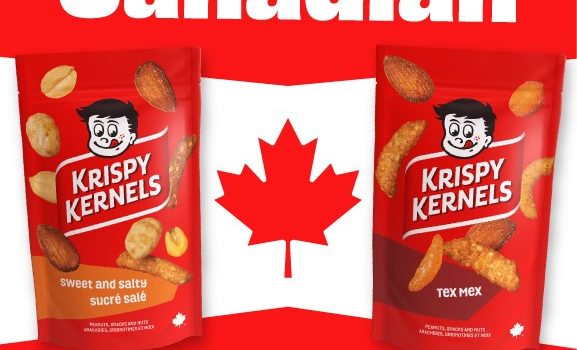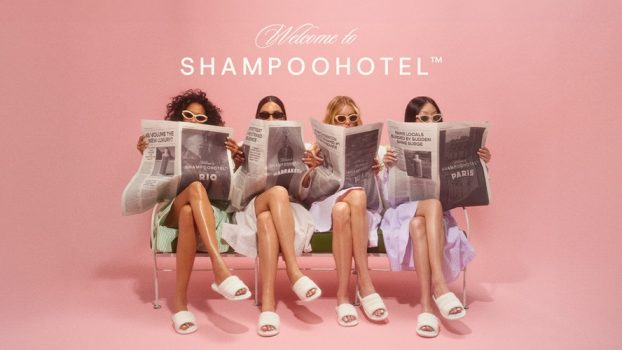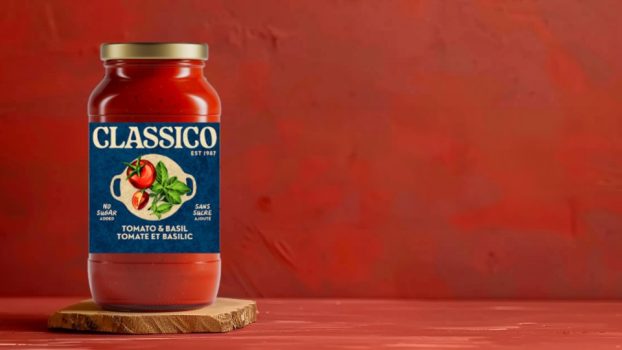I have resigned as president and chief creative officer at PNMD Communication, a partner of Montreal’s BBDO. I’m turning over a new page in the life of an adman. Hardly an earthshaking event. And it’s for the usual reasons, too: maturity, things completed, improvements made, the new generation set up with their projects underway. Mission accomplished.
PNMD is an excellent agency. Martin Beauvais, Gregor Angus, John Gallagher and a few others have built themselves a company ready to meet new challenges head-on with gusto. I have left the agency not without regret, nor soul-searching. It is easier to talk about making way for the next generation than to actually do it.
In my new position I am able to take a more detached look at my craft, or rather at the Quebec advertising industry as a whole; I can now comment on its particularities, without compromising my agency or its collaborators. And some comments on Quebec advertising are in order, ones that are meant more to clarify than to demolish.
Is Quebec a prisoner of its own distinctness?
To a certain extent, yes. But to better understand the phenomenon, we must review the past.
Although short, the history of Quebec advertising begins with a wanted pregnancy and a healthy childbirth – a new beginning in many ways. The father of Quebec advertising, Jacques Bouchard, gave Quebecers the means to create and consume in their own language (in French, please!) and thus defined a French-speaking territory in which the mass media could easily reach all consumers. Bouchard not only proved to English advertisers that they could get better results by speaking to Quebecers in their own language, but also that it was advantageous to adopt values more in tune with Quebecers’ culture and roots. Their vulnerabilities, 36 in all, a veritable genome of the Quebec consumer, completely distinguished the Quebec ‘homo consumerensis’ from its Canadian or American counterpart. A stroke of genius.
It thus became clear that there is but a small distinction between the definition of consumer and that of citizen. The politicians quickly understood how this new territory represented a receptive arena for their pronouncements. They wanted to set up borders around a future French-speaking state in this part of Canada, a state that otherwise they would never had imagined.
Jacques Bouchard called this phenomenon ‘the twin-bed approach.’ In other words, let’s share the same room, but not the same bed.
That period is over. Times have changed.
Jacques Bouchard appreciated standards, and taught them to us. By leading the way, and creating BCP (today Publicis/BCP), Jacques helped create his own competition. In fact he could congratulate himself on giving birth to a whole industry. Cossette, founded in the late ’70s, and several other agencies have strived to give our advertising language a personality and originality that clearly affirms our distinct business culture.
Starting in the ’60s, Bouchard set the example with legendary campaigns that won the highest praises, such as the campaigns for Labatt 50, the Caisses Pop (Desjardins credit unions), and Air Canada (‘My bikini…’). The ’80s, in turn, saw the development of advertising campaigns of unequalled calibre – Club Med, Pepsi, Provigo, Loto-Québec, Hydro-Québec, Bell and a few others. In the ’90s, however, we saw more synthetic campaigns, too often hampered by political correctness and retro rules infected by hostility and attachment to the past.
After the departure of Taxi for Toronto, only the agency Bos, an offshoot of Cossette (like Taxi), succeeded in taking a new direction, that of simply good advertising. Campaigns for Fido, Sport Expert, Hydro-Québec, and Le Journal de Montréal, were brilliant examples. Not to mention the campaigns for Pepsi, Monsieur B. and the most recent milk campaign (by PNMD!). That is the list of really great Quebec advertising. It’s too short.
The tendency, a reflex even, to overprotect the local culture (Quebec values reinforced at the cost of universal values, the predominant roles of Quebec spokespersons, and local humour) today represents more of an affliction than an attribute.
Globalization is now a considerable problem for the rapid growth of our young (40-year-old) industry. But all is not lost.
In Quebec, as in the rest of Canada, there is an enormous amount of talent. Members of the new generation of advertisers and creatives need to re-examine their reflexes and allow themselves to be influenced by the world around us. As always, marketers imagine that products and brands play a more important role in the life of the consumer than is really the case. They take their brands too seriously. People don’t get up in the morning to anguish over which type of yogurt they will eat today!
Consumption is a good thing, but let’s not distort reality. There is a latent danger of failing to fulfil potential – and sinking complacently into a trite, stifling routine. Consumption is global. Not suburban. Brossard and Oshawa are not the stuff of dreams.
The world of Quebec advertising should not be different from that of Ontario. The smartest advertisers understand that when addressing consumers with different languages and origins they have more to win than to lose by being relevant and respectful. But products and brands have less and less to do with nationality. Young Canadian consumers are all the same. The Internet is their natural playground. They have instantaneous access to the best ads in the world. Friends who work in research tell me that ad sites such as Adcritic.com receive more visits from young people than from advertising professionals!
The consumers of tomorrow are now able to distinguish between a poor beer commercial and a good Budweiser ad. Quebec should heed the example.
Jean-Jacques Stréliski,
free thinker























